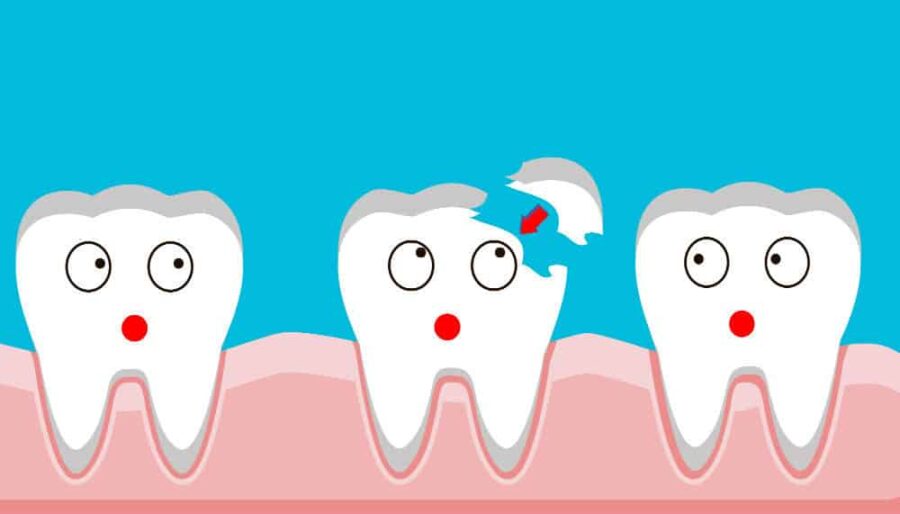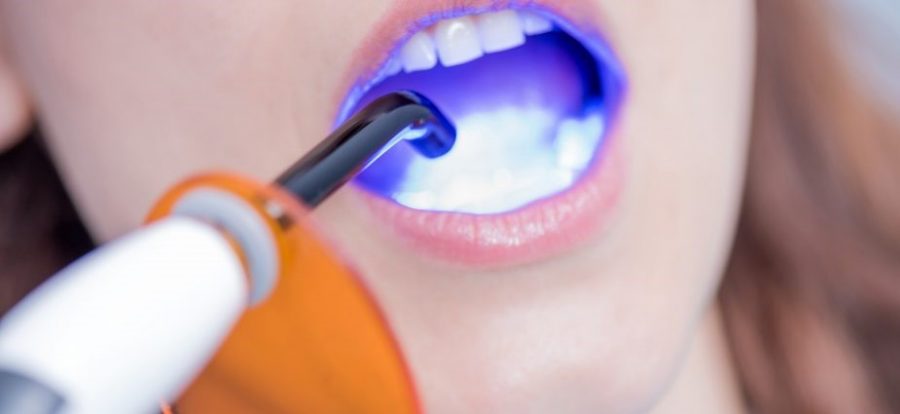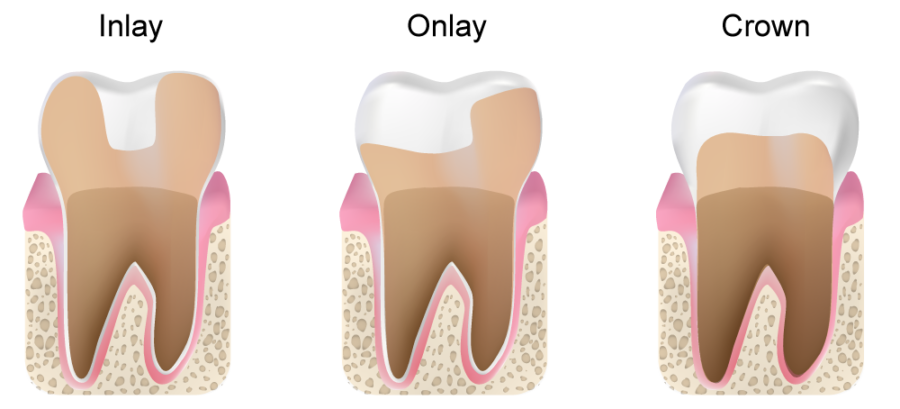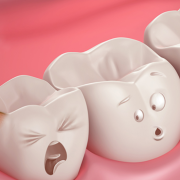You’re not the only one who has wondered what the difference is between inlay and onlay. Although the phrases “inlay” and “onlay” are sometimes used synonymously, they have different meanings in the context of restorative dentistry. Come along as we analyze the differences between inlays and onlays, looking at their uses, advantages, and the creative placement that calls for skill. By the time it’s all over, you’ll be able to tell how different these dental fighters are from one another and recognize the painstaking attention to detail that goes into repairing your teeth.
What are Dental Restorations?
Dental restorations are the different processes and methods that dentists use to replace or repair teeth that are broken or missing. The restoration of the tooth’s strength, functioning, and attractiveness is the main objective of these procedures. Dental restorations can be made with materials that are customized to the patient’s needs, including porcelain, composite resin, amalgam, or even gold.

Role of Natural Teeth and Enhanced Oral Function
As protectors of natural teeth, dental restorations intervene when a variety of problems jeopardize the structural integrity of the teeth. Restorations avoid the need for more intrusive procedures like extractions by treating dental problems early on and preserving original teeth. This is especially crucial for preserving the balance and alignment of the entire dental arch. In addition to fixing obvious damage, restorations help teeth resume their normal functions. Restorations for the teeth make it possible for people to chew, bite, and talk with comfort and efficiency, which improves oral health in general.
Common Dental Issues and the need for Restorations
Dental Decay (Cavities)
Tooth decay is a prevalent issue caused by the accumulation of plaque and bacteria on the tooth surface. Restorations, such as fillings or inlays, are employed to repair the damaged areas and prevent further decay.
Fractured or Chipped Teeth
Trauma or accidents can lead to the fracturing or chipping of teeth. Dental restorations, including crowns or veneers, are utilized to restore the tooth’s structure and appearance.


Missing Teeth
Tooth loss can occur due to various reasons, including injury, gum disease, or aging. Restorations like dental implants, bridges, or dentures are common solutions to replace missing teeth, restoring both function and aesthetics.
Worn-down Teeth
Over time, teeth can wear down due to factors like teeth grinding (bruxism) or a misaligned bite. Restorations, such as onlays or crowns, help rebuild and reinforce the worn-down teeth.
Structural Irregularities
Teeth with structural irregularities, whether congenital or acquired, can be addressed through restorative procedures. Dental restorations ensure a harmonious and even dental arch.
What are Inlay and Onlay?
A prepared tooth’s natural shapes are carefully fitted with inlays, which are custom-made restorations. Inlays are usually used to treat mild to severe tooth decay or damage. They can be made of porcelain, composite resin, or gold. An ideal restoration of the tooth’s chewing surface is ensured by a snug fit of the inlay, which is made in a dental laboratory using impressions that the dentist takes.
Onlays are more extensive than inlays; they are also occasionally called partial crowns. These restorations extend over one or more cusps in addition to the tooth’s chewing surface. When there is multiple surface damage to a tooth or when the cusps need to be reinforced, onlays are especially helpful. Onlays are made specifically for each patient, just like inlays, to guarantee a perfect fit and maximum performance.
How do these Restorations differ from Dental Fillings
- Design: Since inlays and onlays are made specifically for each patient, the tooth’s original contours are restored with an exact fit. On the other hand, conventional fillings are frequently prefabricated and molded into position.
- Materials: Materials like composite resin or porcelain are frequently used to create inlays and onlays because they seem natural and offer strength. Inlays and onlays may have a more precise aesthetic appearance than traditional fillings, which are often composed of amalgam or composite materials.
- Tooth Coverage: More coverage is provided by inlays and onlays than by conventional fillings. Fillings are usually limited to the decayed area; however, inlays and onlays can treat a wider variety of dental problems, such as cusp and chewing surface damage.
Dental Indications for Inlay and Onlay
When it comes to dental treatment, the choice between inlays and onlays depends on certain circumstances that call for precise interventions. With his vast experience, Dr. Chirag Chamria is essential in interpreting the complex indications for these restorative procedures.
Dental problems can be specifically addressed using inlays and onlays. When a tooth has more damage or decay than what a filling can handle, they perform exceptionally well. Onlays, often called partial crowns, offer a more comprehensive coverage for teeth with more significant damage, whilst inlays are best for smaller portions.

Dr. Chirag Chamria’s Expertise
In order to choose the best restoration, Dr. Chamria’s expert diagnostic abilities are essential. His good eye detects the degree of injury and makes sure the treatment plan is exactly what the patient needs. The foundation for long-lasting and successful dental solutions is laid by this individualized approach.
Benefits of Early Intervention
Using inlays and onlays from the start has several benefits. Compared to conventional crowns, these restorations not only stop the advancement of dental problems but also preserve more of the natural tooth structure. In order to promote long-term oral health and stop dental issues from getting worse, Dr. Chamria stresses the significance of prompt intervention.
Key Differences : Inlay and Onlay
Making educated selections regarding restorative dental procedures requires an understanding of the subtle differences between dental inlays and onlays. The surface covering, depth of restoration, and ensuing effect on tooth structure are the primary differences.
| Inlay | Onlay | |
|---|---|---|
| Extent of Tooth Coverage | To repair little to moderately-sized cavities or damage, inlays are made to fit inside the tooth’s cusps, or pointed edges. | Conversely, onlays cover a greater surface area and extend over one or more of the tooth’s cusps. They are used for larger-scale restorations because they offer greater coverage than inlays do. |
| Depth of Restoration | Usually, inlays take care of cavities or deterioration in between the cusps or within the chewing surface. | The biting surface and the sides of the tooth may be covered by onlays, which stretch over the cusps. This qualifies them to handle more serious damage that might affect more than one tooth’s surface. |
| Tooth Structure Preservation | Because inlays only need to be prepared inside the cusps, they require very little tooth structure to be removed. | Because of their larger coverage area, onlays require more tooth structure to be removed than inlays, despite being more conservative than dental crowns. That being said, typically less is removed than what would be required for a crown. |
| Indications for Use | For minor cavities or damaged portions that don’t reach the cusps, inlays are frequently advised. | Larger cavities, considerable damage, or situations where cusp involvement necessitates a more substantial restoration are appropriate candidates for onlays. |
| Strength and Support | Although they just cover the interior portion of the tooth, inlays give the tooth more strength and stability. | Onlays provide the tooth with improved support because of their increased coverage over the cusps. They are especially helpful in situations when the cusp areas could sustain additional injury or fracture. |
Conclusion
To sum up, the differences between inlays and onlays indicate their specific functions in dental restoration. The need for individualized therapy is emphasized by Dr. Chirag Chamria, who stresses onlays for more significant damage and inlays for minor regions. His dedication to providing a personalized diagnosis guarantees the best outcomes. Remember this as you set out on your oral health journey: each smile is different. Consult a specialist for advice specific to your needs if you want a bright, long-lasting smile. Taking care of your dental health is an investment worth making.
© All rights reserved by Royal Dental Implants Pvt Ltd
Issued in public interest






